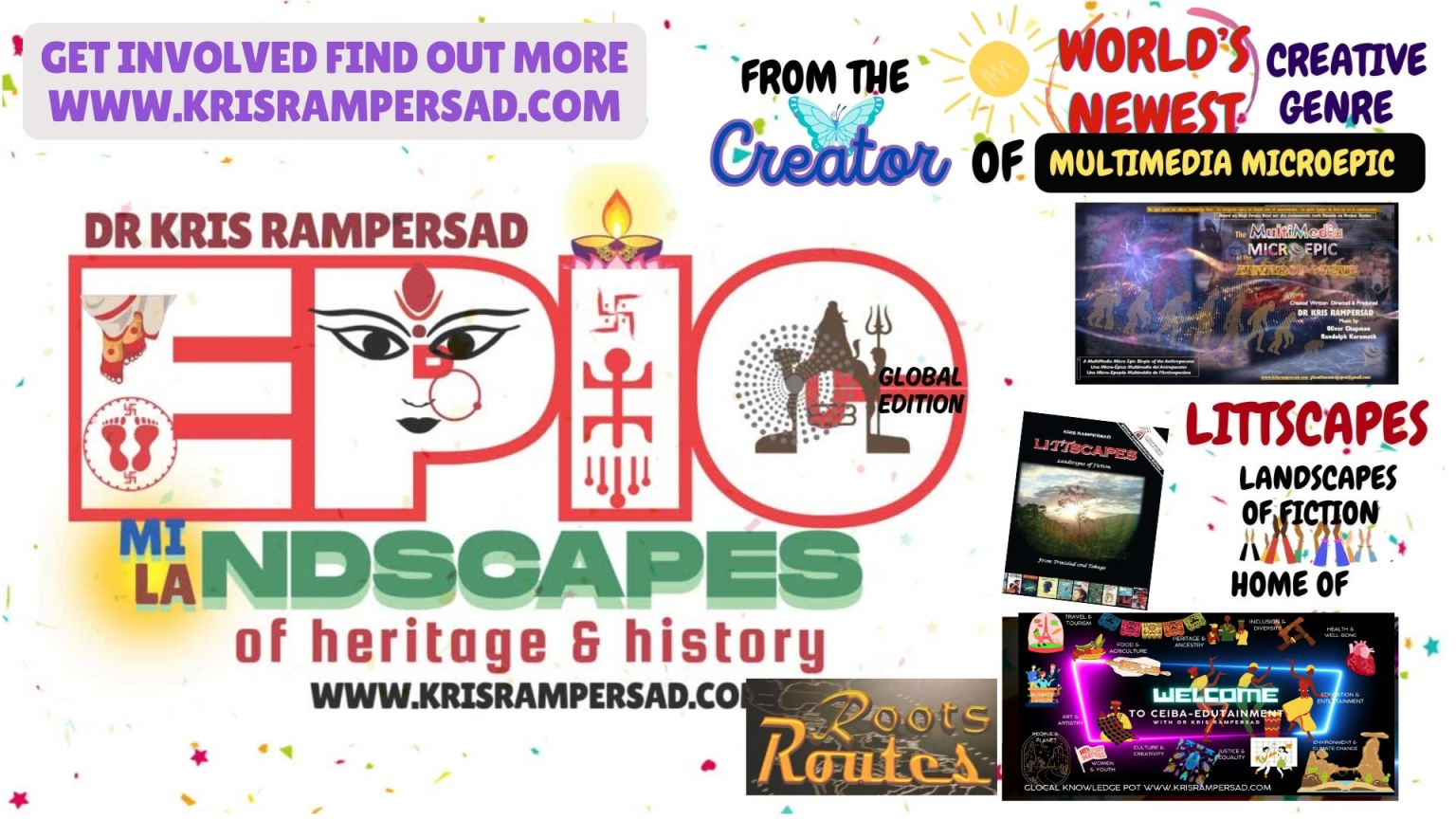Bullzoing of Mayan temple condemned | TheCaribbeanCamera.com
Bulldozing of Mayan temple condemned

The Noh Mul temple being bulldozed
It is only a matter of time before the next bulldozer razes a next timeless heritage element in the region, according to literary and cultural heritage educator and consultant Dr Kris Ramerrsad, calling on the region to reexamine its overall approaches to sustainable development planning, budgeting and education and consciousness raising programmes.
She states: “Bulldozing of the near 2300 year-old-Mayan Nohmul temple in Orange Walk Belize is only symptomatic of the level of unchecked danger and threats to significant heritage elements of the region and the degree of short sightedness in our approach to sustainable development. She cited sites under developmental pressure in Trinidad, Jamaica Blue Mountains, St Lucia Pitons and elsewhere in the region.
“The bulldozer mentality is symptomatic of pervading misperceptions that sustainability, bio-cultural heritage conservation and development are polar opposites. This promotes confrontational approaches at the expense of exploration of very real modes by which the two can successfully and peacefully co-exist to the benefit of populations. Our budget and economic, social and environmental planning directorate and bureaucracies should take note.”
She stated that while given the ration of its population to size, Belize is perhaps one of the least pressured countries of the region in terms of the intensity of competition for land space for development, last week’s bulldozing is testimony to some of the challenges for heritage preservation facing the region.
She noted that it was appalling that this happened to a complex that was visible, not one of the many overgrown Mayan complexes in Belize, and for use as – of all things – gravel for a road.
“Proper land use planning with concurrent resourcing, execution and implementation may be one element of a solution, but without a focussed awareness building and formal and informal education that inject heritage consciousness from the cradle through adulthood, it is a tragedy that is certain to be repeated,” she states.
She noted that Mayas are still described and treated in the past tense in much of our history and standard educational material – part of historic misrepresentations of all the civilisations that comprise our region – although very vibrant Mayan communities live across South/Central America and not unlike with other regional ethnic groups, function in active regional diasporas across the globe, and describe her own education and interactions with members of the Belize community last year.
“The bulldozer mentality will stay with us unless mechanisms are built into our budgeting and physical and mental spatial development planning, as in all other development plans so we present and project that physical, social and educational planning not separate silos and never the twain shall meet, but as a seamless and essentially integrated system that depend on and support each other.”
To some degree, Belize has legal and institutional mechanisms: an Act, laws, oversight institutions which may be challenged by shortage of human resource and other capacity, but those are also largely reactive mechanisms, as important as they are, to net culprits after the fact of a bulldoze, for example, rather than sustainable pre-emptive mechanisms which are where the focus should be. If we cannot build consciousness and recognise the value these elements of our heritage, hold to the sense of self and esteem that could prevent the next trigger happy youngster from bulldozing his own life – value beyond commercial value, beyond the next access road and the next high rise and the next exploration for an oil well – which incidentally is another impending threat to Belize where recent interests in exploitation for petroleum can become the next international heritage disaster story.
Is that being taken into account in the current land use planning for sustainable development currently being undertaken in Trinidad and Tobago and other parts of the region? Where are the efforts to factor and integrate sustainable heritage consciousness into all of this, other than the flag waving mentality? Where are the plans to factor in heritage in the planning for sustainable development and the strategic educational interventions into that process that move beyond a few Kodak advertising moments?
Lost, surely in the cliched excuse about the jostle for space for industry and agriculture and shelter in the name of development.
Development does not have to be at the expense of heritage or vice versa. There are enough successful models of this that can make us confident that we can find the right balance between feeding ourselves, living with all the modern comforts that one may desire and at the same time showing respect and pride in the legacy and inheritances that are ours.
The alternative is the next regional bulldozer story – while Belize becomes a footnote, as McLoed house in South Trinidad already has – this is the potential fate of other sites in the region; like the Banwari and other related sites in Trinidad; or the Pitons in St Lucia or the maroon and other distinctive heritage of Jamaica’s majestic Blue Mountains and others across the region can soon become. Sustainable development requires sustainable planning and sustainable education and awareness activities.
 Welcome to the family #RoyalPrince:
Welcome to the family #RoyalPrince:





